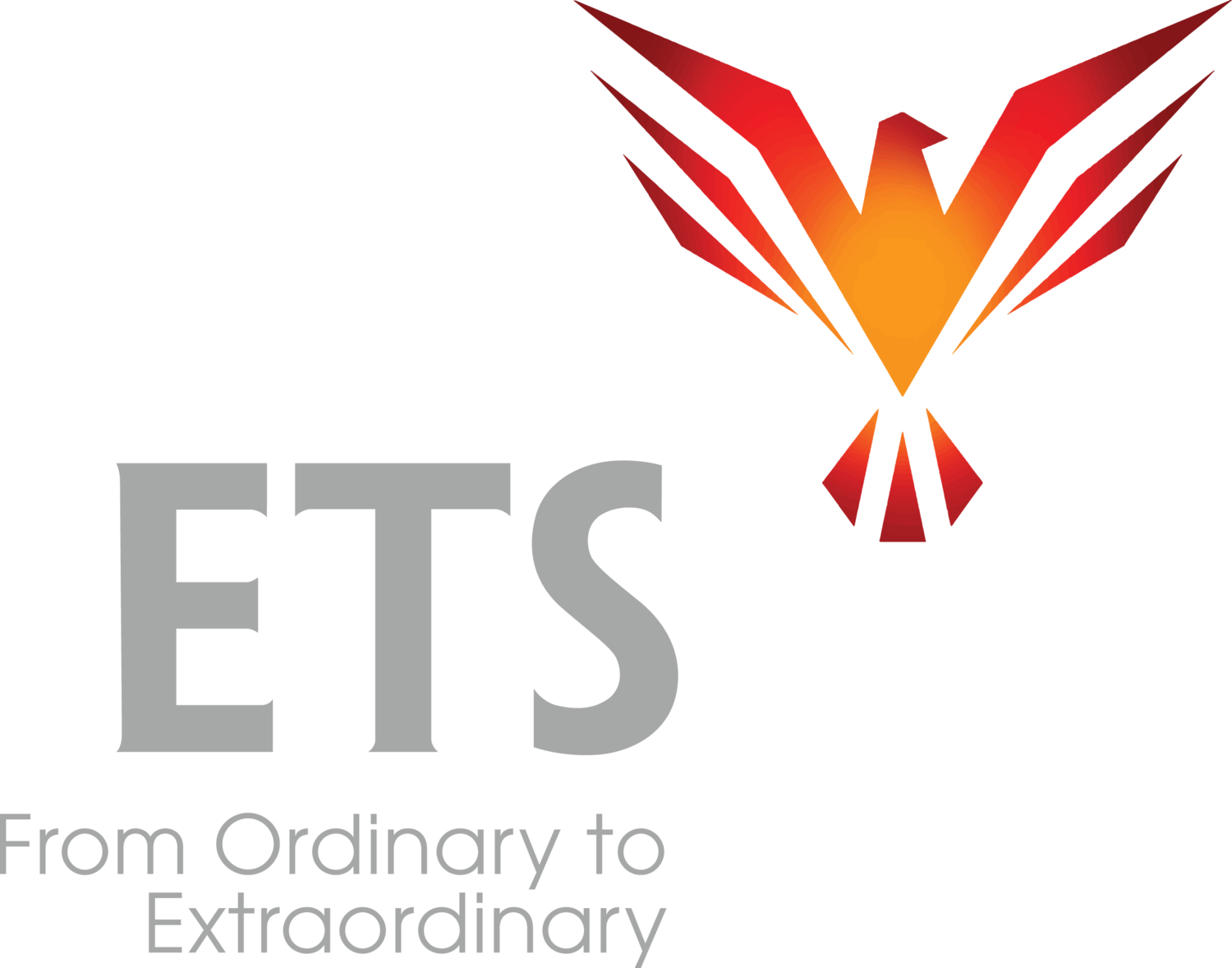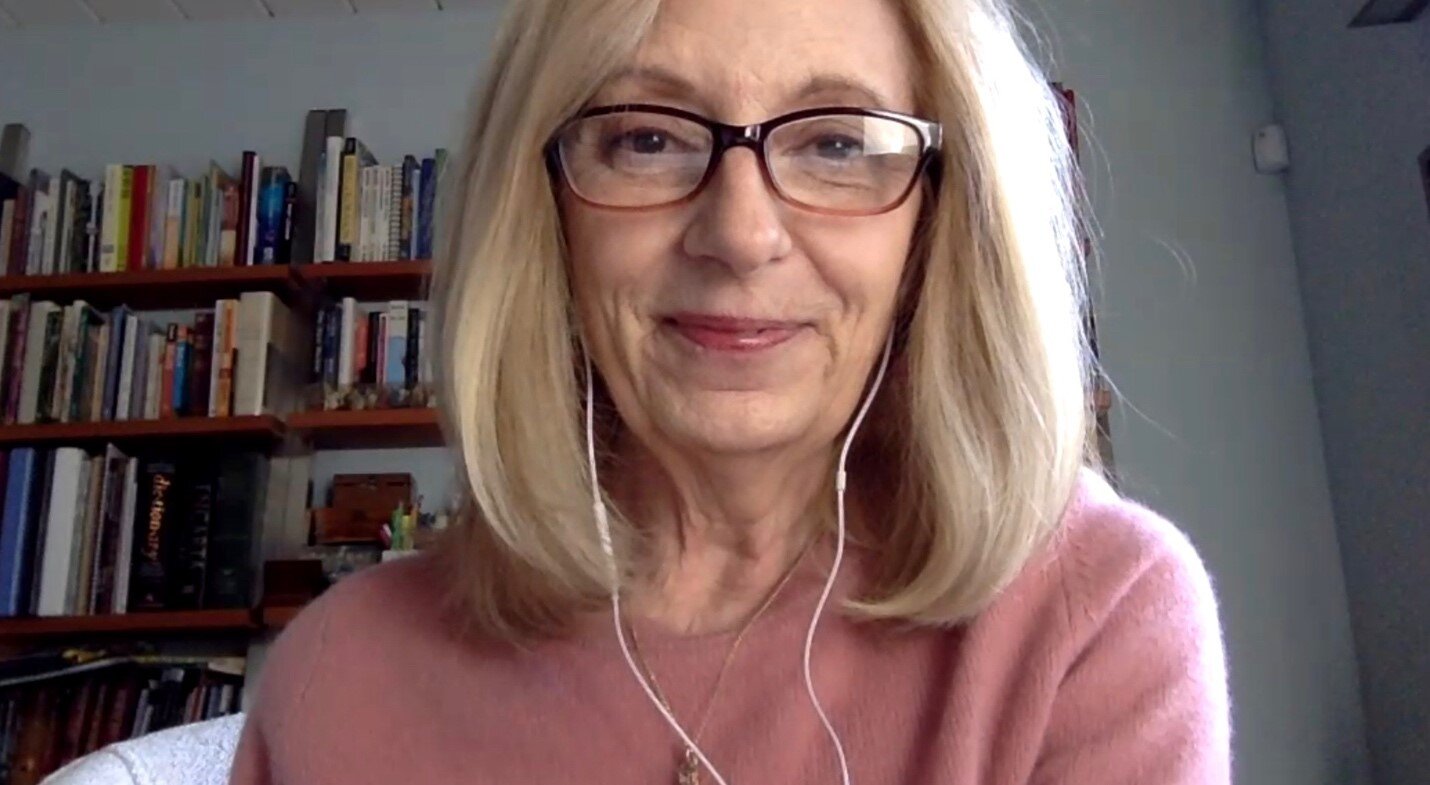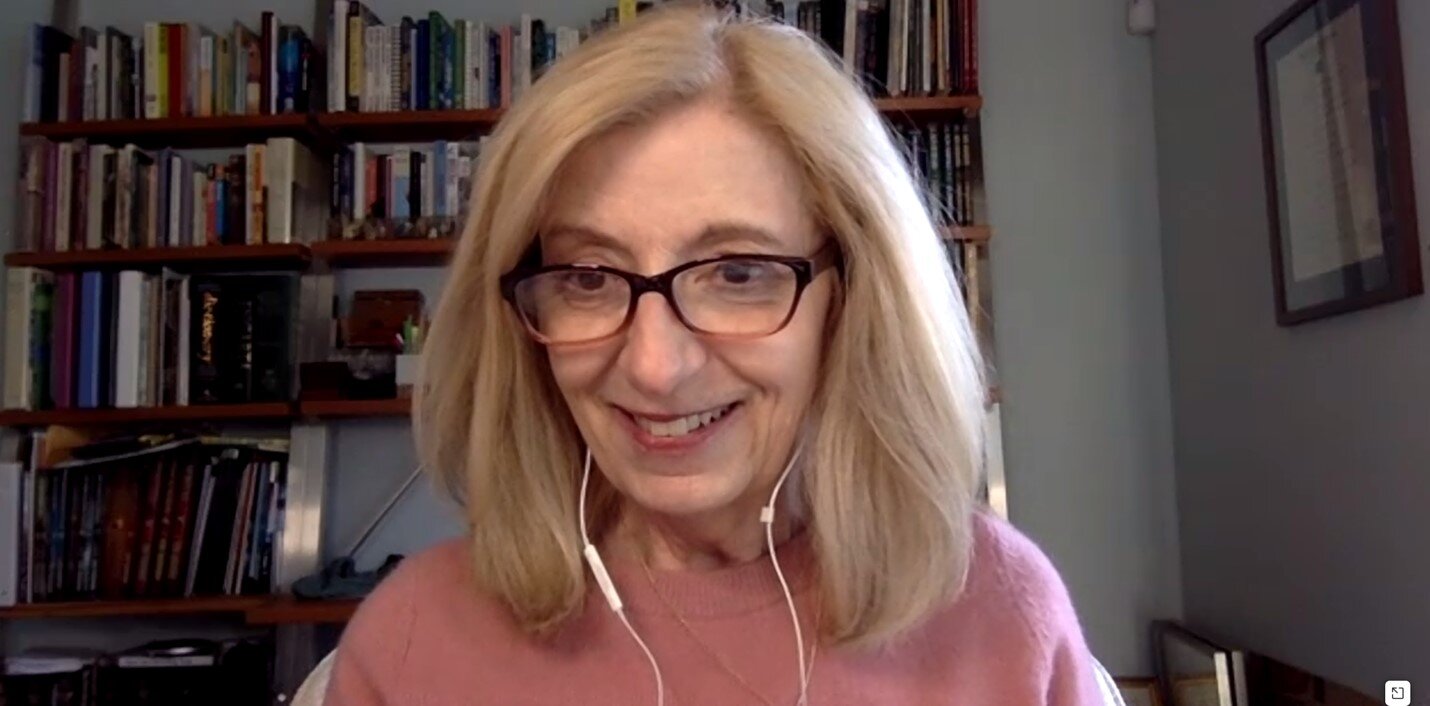Sam’s daughter, Aisha, wasn’t talking to him.
His political views were so distasteful to her, she couldn’t even bear to look at him.
In their last conversation, Sam called Aisha naïve and immature.
That was the end. Aisha walked to her room and slammed the door.
Sam thought she’d get over it. She didn’t.
Day after day. Enemies.
The election and its aftermath made it worse.
I wish I could say that this is the only example I’ve heard where today’s politics created enemies. But, unfortunately, every day I’m learning about destroyed relationships.
Conversations ending either in anger or I can’t talk to you.
When Sam showed up for Causative Communication, he expected to learn how to handle comparatively easy situations, like leading a virtual multinational team of 1500 people through a crisis.
He had labeled the situation with Aisha as “impossible” and was simply hoping that 10 years from now, when Aisha was 27, she would have grown out of her fury.
Sam, with not a little sadness, told me, “Communication doesn’t always work.”
He’s right in one respect. Talking doesn’t always work. And if you confuse talking with communication, you’ll easily be deceived into believing that communication doesn’t always work. And you’ll lose in life.
But Sam’s problem wasn’t just that talking wasn’t working. Not talking wasn’t working either. As a matter of fact, it made things worse.
Seeing his daughter, whom he passionately loved from the moment her little body was born, now coldly and silently refusing to meet his eyes, ignoring him dinner after dinner, pierced Sam like nothing else could. If you want to rip a man’s heart out, this is how to do it.
Sam tried. And tried. Nothing worked.
So, he showed up in my life with no hope. I was happy he showed up. I hate human suffering in every form it takes.
I teach a very precise formula for communication. While the word formula sounds very cold, the result of using this formula is far from cold.
It’s actually VERY nice to have something that ALWAYS works. And results in the mending of broken relationships.
I’m going to talk about one element in the formula that Sam was omitting that kept hostility frozen in time.
That element was understanding.
Aisha’s point of view made Sam so angry, it barricaded him from any understanding. It actually made him a little crazy.
Sam disagreed with Aisha so thoroughly because his life experience had convinced him Aisha was WRONG. So wrong, that Sam believed that understanding her point of view was lowering himself into a reality that did not deserve understanding.
The only thing Sam “understood” was that Aisha was WRONG.
Fixating your attention on how wrong someone is, is as necessary an ingredient for conflict as chocolate is to chocolate cake.
Understanding simply means to perceive clearly. Sam wasn’t seeing clearly. He was seeing Aisha through a dark filter of disagreement, disappointment and anger.
In human relationships understanding simply means, seeing it from the other person’s point of view.
It doesn’t mean you agree with it. It doesn’t mean you like it. It simply means you can really see it from the other person’s point of view. That’s when you understand it.
Something happens naturally, organically, if you decide the other person is SO wrong you couldn’t possibly understand their point of view. Here’s what happens: They decide that you are so wrong, they couldn’t possibly understand you.
The more stubborn you become in your own conviction, the more stubborn they become in theirs.
It dead ends in conflict, anger and, “I can’t talk to you.”
You are actually in control of the outcome the whole time.
On the flip side, a funny thing happens naturally and organically when you understand the other person, when you GENUINELY see it from their point of view and then do a good job of letting them know you really understand.
The other person very naturally and GENUINELY reaches out to understand you.
You have a really good conversation and a beautiful feeling between you.
You are actually in control of the outcome the whole time.
Most people are too anxious, too frantic, to observe this.
Just look at the current political situation. It will supply you with more examples than you can even count.
A necessary adjunct to understanding is acknowledgment. That’s how you express your understanding.
Most people think an acknowledgment is the same thing as validating or agreeing with the person. It’s neither of these. And neither of these will work for a multitude of reasons.
How do you communicate an acknowledgement that is powerful and effective? Very few people know how. And that’s why people who don’t know how experience conflict.
This is why we spend a good number of workshop hours just on this, practicing and mastering the art of delivering a perfect acknowledgement.
It’s worth it because a perfect acknowledgment completely transforms the person, completely transforms the situation and makes conflict evaporate into thin air.
Sam wrote Aisha a long hand-written letter. The letter contained only one thing: understanding.
Sam wrote about everything Aisha had said to him, each point she had made, each belief she had, each value she held dear.
Sam took them one at a time. He reflected on each one. He made sure he understood each one from her point of view. And then Sam wrote, letting Aisha know he really understood her. It was very heart felt.
Although it was just as strong as ever, it wasn’t time to talk about it and Sam never once wrote about his own point of view. He never judged or evaluated hers. He didn’t offer any opinions. He simply really understood Aisha and let her know it, point by point.
No apology. No justification. Pure understanding. All by itself.
It took Sam several days to get the letter just right. He ended with “I love you”.
Sam sealed the letter in an envelope with Aisha’s name and slid it under her door.
Hours passed.
Right before dinner, Aisha’s door opened.
Her eyes met Sam’s. In them, Sam saw something he hadn’t seen for months: love. And the tears of a young woman. Sam opened his arms.
They’ve been talking ever since. Rich, rewarding conversations. Filled with understanding. And love.
The love was always there. But it won’t show its face when understanding is missing.
Sam wrote me: “It’s amazing. Aisha and I are having good conversations now.”
Seeing things from the other person’s point of view isn’t the same as agreeing. It also doesn’t mean that you give up your own point of view.
It does mean that you expand to include others’ points of view. In a world with 8 billion people, that’s very likely a good idea.
As someone who’s helped thousands of people, it’s not as difficult as it seems. It gets easier the more you do it. It’s magic. And nothing else works.
Wishing you only good relationships.
Be the cause!





























